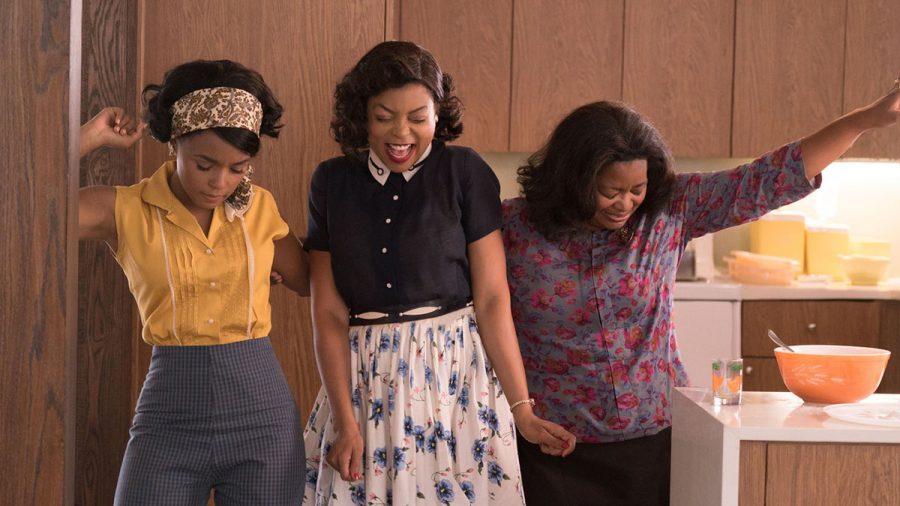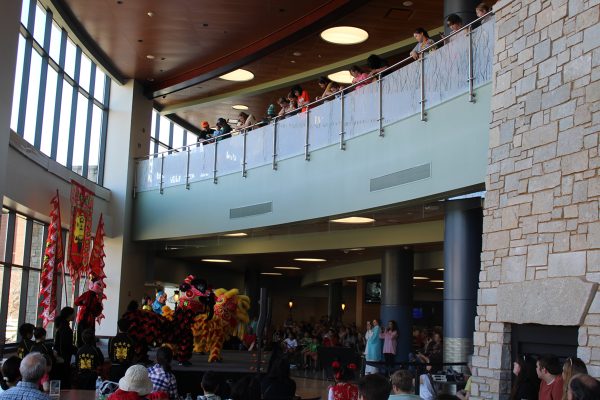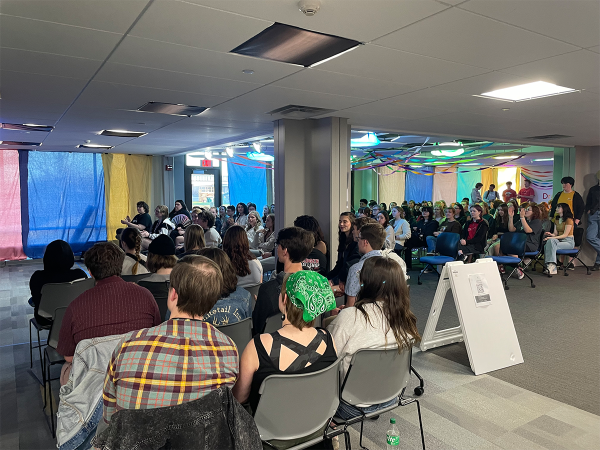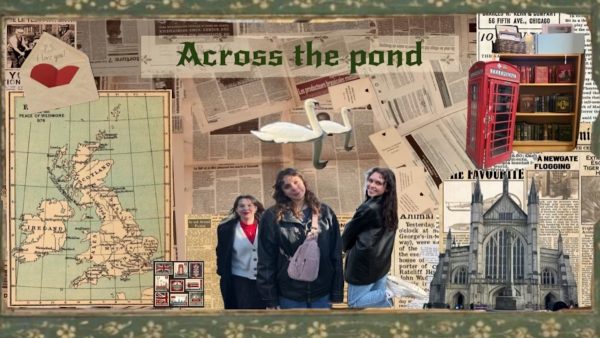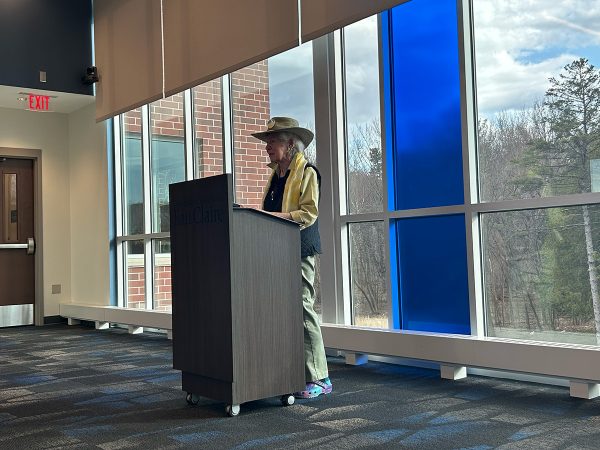‘Hidden Figures’ in review
This film teaches the audience about a little-known aspect of NASA’s history
More stories from Casey Ryan
Photo by SUBMITTED
“Hidden Figures” is coming to the Woodland Theater Oct. 20-22. It tells the incredible untold story of three women at NASA.
Set in Virginia, “Hidden Figures” is about three African-American women in the 1960s, whose calculations for NASA were integral to several historic space missions, including John Glenn’s successful orbit of the Earth.
Co-writer/director Theodore Melfi (adapting Margot Lee Shetterly’s book with co-writer Allison Schroeder) created a film that is a story of brilliance. It’s a story of struggle and willpower, but not of individuality.
Katherine Johnson (Taraji P. Henson) is a mother of three children and a brilliant mathematician. She has to brush off everyday office racism from mostly white male colleagues.
She must prove herself to her boss, Al Harrison (Kevin Costner) to show she belongs in the mathematics research center of NASA.
To depict the absurdity of segregated bathrooms, Melfi repeats shots of a nervously tapping foot, followed by mile-long runs to the only available bathroom for African-American women. This running joke culminates into a well acted, angry speech by Henson, arguably her finest moment in the movie.
In the film’s opening flashback, Katherine is shown to have an extraordinary ability for math in her elementary years. She then earns a degree in math and a job in NASA’s “Colored Computer” division. The term “computers” used in the film referred to the people doing calculations for the organization.
In an attempt to beat Russia to the moon, NASA looks for the nation’s best mathematicians. The importance of the space race forces them to accept all qualified candidates, including those society would normally discourage in the 1960s.
Katherine and her two best friends in the film, Dorothy Vaughan (Octavia Spencer) and Mary Jackson (Janelle Monae) end up working as a team on NASA’s project.
Katherine is closest to the excitement, but “Hidden Figures” widens its scope beyond her. Mary must navigate hurdles of racism in her goal to become an engineer.
Dorothy is fighting for a long-overdue promotion as a supervisor, when the arrival of an IBM machine threatens to put her team of computers out of work.
The women consistently outthink their higher-ranked (usually white male) colleagues, either by learning a new programming language, solving problems in wind tunnel experiments or calculating narrow launch windows for space missions.
Each is uniquely aware of the broader stakes of her success for black people, for black women and for women in general. This knowledge is as much an inspiration as it is a heavy weight.
Throughout the film the audience can see the racism and sexism for African-American women in the past and even similarities to the present day.
The film also offers a realistic look at the racial tensions of the Civil Rights era (segregated bathrooms, libraries, schools, facilities) and the audiences will learn a lot about these women and what they had to overcome to make their mark at NASA.
Despite the racism and sexism Katherine, Dorothy and Mary face, “Hidden Figures” is an upbeat movie. The script by Melfi and Allison Schroeder does not dwell on the particulars of aeronautical science.
Instead, it revels in the intelligence and warmth of its subjects — in their successes both in and out of the office — and wants viewers to do so as well.
Katherine, Dorothy and Mary are excellent role models, and their story is full of positive messages and themes, including integrity, perseverance, teamwork and communication.
With the complex social forces that shaped its characters’ lives still relevant today, “Hidden Figures” is powerful precisely because it’s not a solo portrait or a close character study.
Certainly, Hollywood will be a better industry when there are more films about the egos and personal demons and triumphs of black women who helped change the world, but “Hidden Figures” shows respect for sisterhood, and in casting its spotlight wide, the film imparts a profound appreciation for what was achieved in history’s shadows.
Check out Hidden Figures this weekend at 7 p.m. on Friday, 2 p.m. and 7 p.m. on Saturday and 2 p.m. on Sunday. All showings are in Woodland Theater in Davies Student Center.

